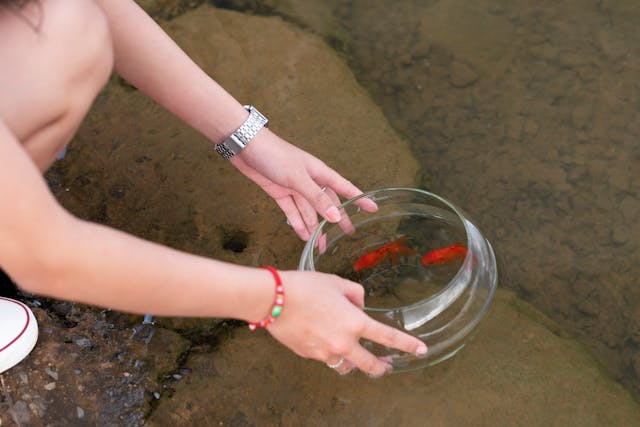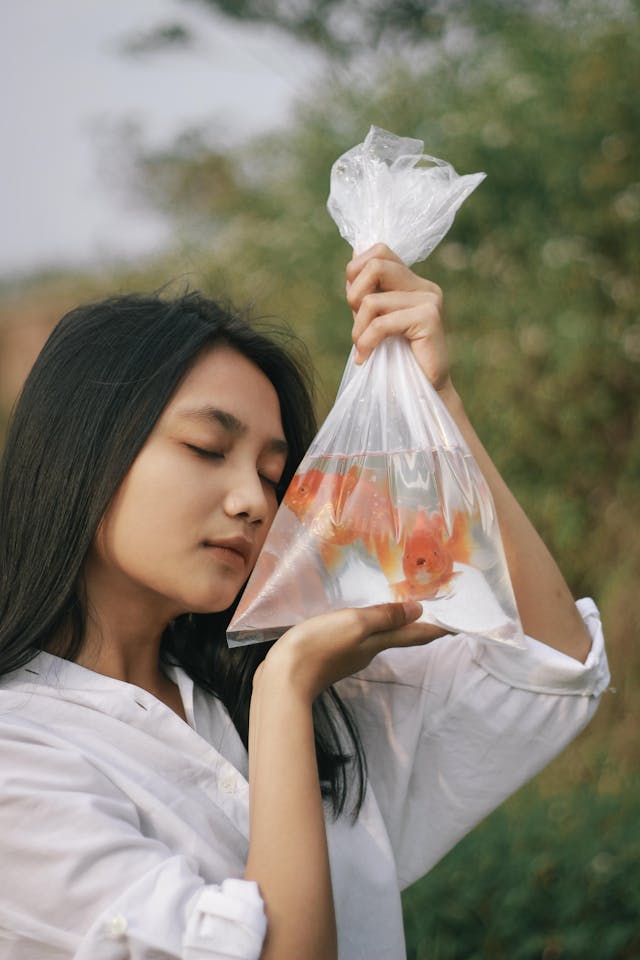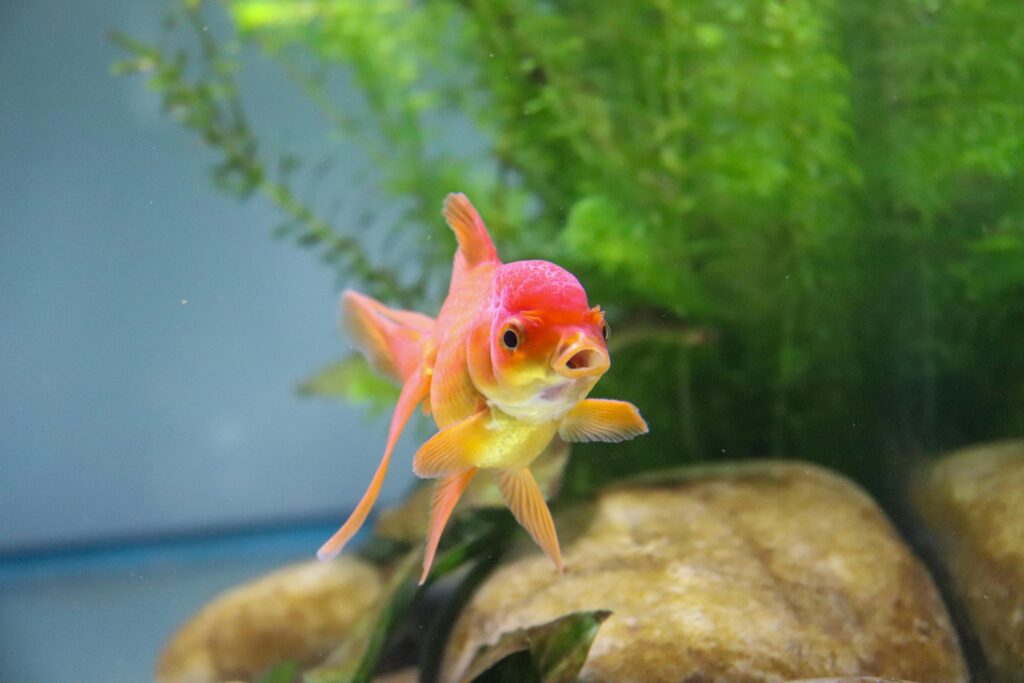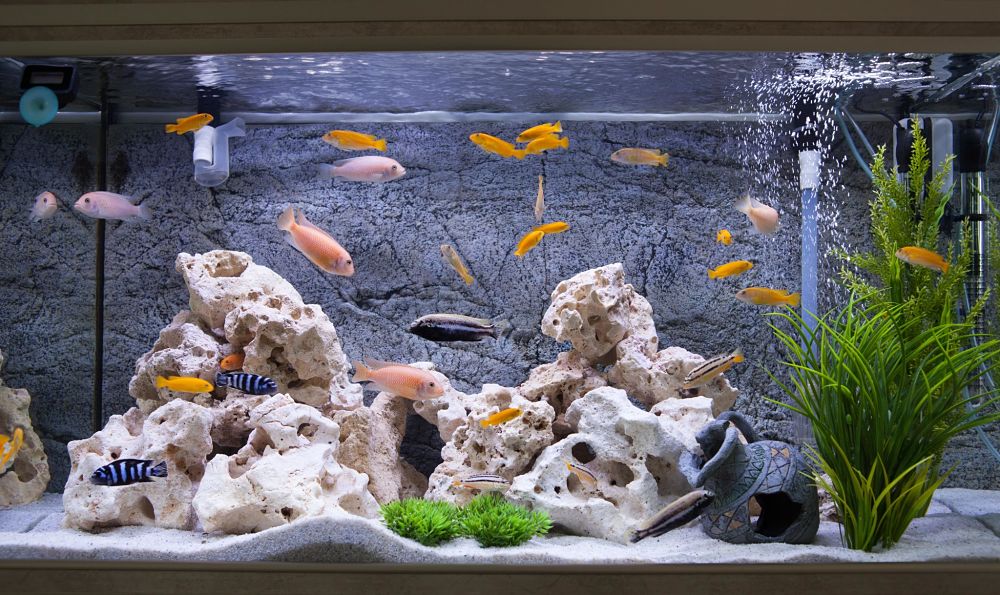Choosing to introduce a pet fish into your home is an exciting decision, but with so many options available, selecting the best fish for you may seem challenging. Personality, need for care, and other traits vary throughout species. Whatever your degree of fish ownership expertise, a pleasant and successful fishkeeping experience depends on selecting the right fish for your lifestyle and preferences. This comprehensive book will go into detail on some of the most popular pet fish species, how well they adapt to different environments, and provide care tips for your aquatic companions. By the time you finish, you will know all you need to choose the best finned friend for your home.
Acknowledgments
Popular Pet Fish Species: Many people enjoy keeping fish as pets due to their beauty and tranquility. Popular choices include betta fish, known for their vibrant colors and flowing fins, and goldfish, a classic species that comes in various shapes and sizes. Neon tetras add a bright touch with their neon blue and red stripes, while guppies are favored for their lively behavior and colorful tails. Corydoras catfish are appreciated for their peaceful nature and bottom-dwelling habits, and angelfish are admired for their elegant, triangular bodies and long fins. These species bring unique charm and beauty to any home aquarium.
Factors to Consider: When choosing a pet fish, consider the tank size and water conditions suitable for the species. Ensure compatibility with other fish if creating a community tank. Assess the care level, including feeding and maintenance needs, and be aware of the fish’s lifespan. Also, consider the fish’s temperament and activity level to match your preferences.
Care Tips: Essential care guidelines for maintaining a healthy and happy aquarium include regular water changes to keep the environment clean and stable, monitoring water parameters like pH, temperature, and ammonia levels, and ensuring proper filtration. Feed your fish a balanced diet in appropriate quantities to avoid overfeeding, and provide adequate lighting and a suitable habitat with decorations and hiding spots. Regularly check for signs of illness and maintain a consistent cleaning schedule to prevent the buildup of waste and algae. Additionally, ensure the fish are compatible and not overcrowded to promote a stress-free environment.
Which Fish Makes a Good Pet?Examining in Great Detail
Fighting Fish of the Siamese Type, or Betta Fish
Overview: Individual personalities, flowing fins, and brilliant colors are characteristics of betta fish. Being loners, they thrive in peaceful aquarium environments.
Characteristics:
Excellent colors and striking finnage
– Their labyrinth organ allows them to breathe air from the surface.
– Males in particular are territorial.
Suitability:
– Fits tanks that are five gallons or less. Durability makes them ideal for beginners.
– Requires warm (75–82°F) water temperatures.
Care Advice:
– Provide lots of hiding and relaxing areas.
– Keep males apart to prevent antagonism.
– Feed a varied diet of premium pellets and occasionally treats.
Aquarius the goldfish
Overview: Classic and much loved pets, goldfish are charming and vividly colored. They need large settings and great care, contrary to popular belief.
Distribution: Can live for several decades with the correct care; produces a lot of trash.
Suitability: Best for families and beginners; needs large tanks (20 gallons or more per fish); likes lower water temperatures (65–75°F)
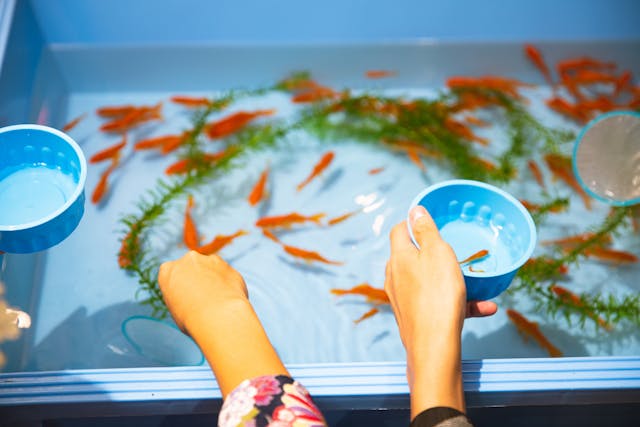
Care Tips:
– Filter waste well.
– Offer a varied diet of premium pellets and vegetables;
– Change the water often to maintain cleanliness.
Baby Guppies
Overview: Little, colorful guppies are peaceful and prolific breeders. Popular for community tanks are these.
Features: Can breed swiftly if sexes are not kept apart; livebearers, that is, they give birth to live young.
Usage: Ideal for beginners and community tanks
Perfect for smaller tanks—at least ten gallons
Like slightly warmer water, say between 72 and 82°F.
Care Advice: Provide plenty of plants and hiding places; avoid overbreeding; feed a varied diet of pellets, flake food, and occasionally live or frozen treats.
Neon Tetras
Overview: Neon tetras are little schooling fish prized for their brilliant coloring and peaceful demeanor. The best settings to make kids feel safe are in groups.
Features: Bright red and blue color – Excellent temperature and water quality sense
Application: Ideal for community tanks and inexperienced aquarists
Fits small tanks (10 gallons or less) – Like water that is slightly acidic (pH 6.0–7.0).
Care Advice: Keep your tank well planted and with ample hiding spots for groups of six or more for optimal health. By regular testing and water changes, maintain constant water parameters.
The fish angels
Overview: Long fins set angelfish apart as graceful and beautiful fish. They have the tendency to become territorial as they age.
Features:
– Tall, triangular body shape;
– Extensive color selection;
– Might grow to be quite large, six inches or more.
Application: Best cared for in pairs or small groups – Requires steady water temperatures Ideal for larger tanks having a lot of vertical space.
Advice for Care: Provide a tall tank with adequate swimming area; monitor aggressive behavior, especially during breeding; feed a varied diet of premium pellets, flakes, and sometimes live or frozen meals.
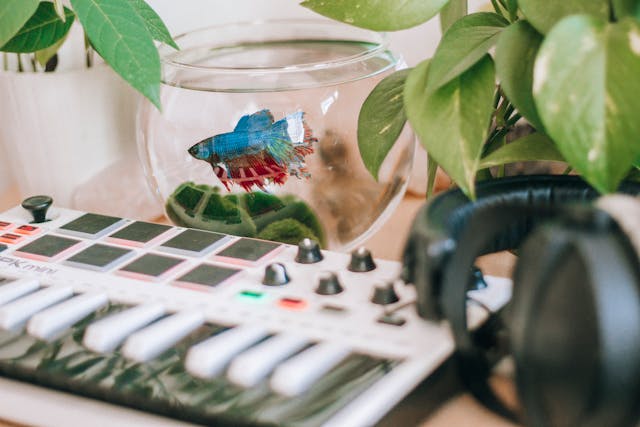
Think About These Things Before Choosing a Pet Fish
Tank Dimensions`
Consider the space you can allot to your aquarium. As various fish species require different amounts of space, be sure the tank size you choose is suitable for the fish you have chosen.
Top Compatibility
Find out whether any new fish you add to your tank are compatible before you do. While certain fish may be aggressive to other fish, others may require specific tank mates to live.
Our Level of Maintenance
Consider the amount of maintenance and care required for every kind of fish. Some fish could need particular diet or water quality that has to be monitored on a regular basis.
Pricing
Total the original cost of the fish and equipment together with the ongoing expenses for food, water purification, and equipment operating electricity.
Care Guide for Your Aquarium Fish
Tank Setup
- Keep enough filtration and the water clean and oxygenated.
- Natural habitats for your fish can be created with plants, decorations, and hiding spots.
- Make sure the tank has cycled adequately before adding fish to help grow beneficial bacteria.
Water Quality
Check water parameters often and make any required modifications for the greatest possible water quality. With a dechlorinator, remove chlorine and other hazardous materials from tap water before adding it to the tank.
Feeding
Give your fish a diversified diet of premium flakes and pellets with sporadic frozen or live foods.Overfeeding your fish can lead to poor water quality and health issues.
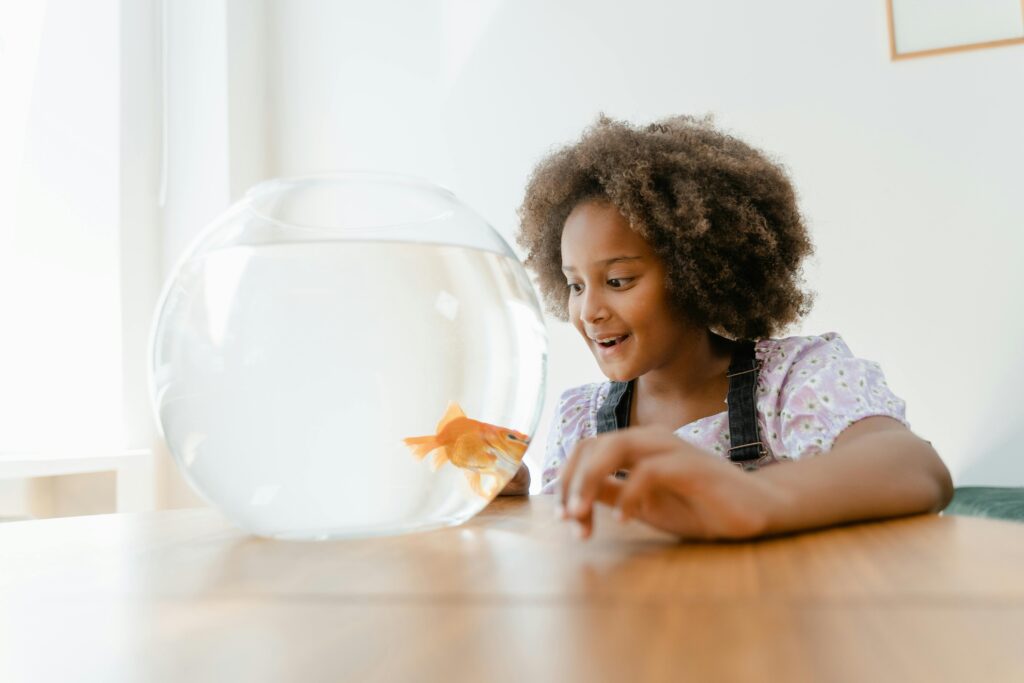
Service of Tanks
Algae and other waste buildup can be prevented with routine cleaning of the tank and its components.
Cut back plants as needed and remove any dead or decaying plant material from the tank.I Regular inspections of lights, heaters, and filters will help to ensure their correct functioning.
Conclusion
The right pet fish for your home should be chosen taking into account factors such tank size, compatibility, maintenance level, and budget. Betta fish, goldfish, guppies, neon tetras, and angelfish are among the popular options; each has unique characteristics and requires different care. Designing a healthy, beautiful aquarium that will provide happiness and tranquilly to your home for many years to come will need research into your options and understanding the needs of the fish species you have chosen. Whatever your level of expertise, there is the perfect pet fish waiting to join your family.

